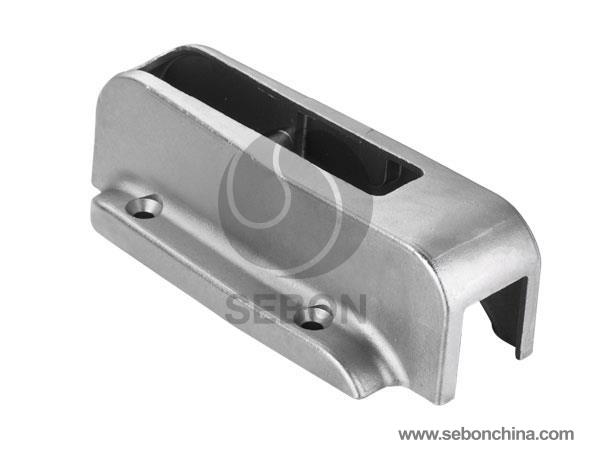
- [email protected]
- 0086-371-86560898

Contact us now for any need or questions about our company or product.

Precision casting temperature measurement control
Success precision casting factory know the importance of process control to produce high quality castings. Casting process in the key variables including mold temperature, mold heat insulation properties as well as the method, cycle times and operating personnel, however, one of the most critical process variables are metal temperature. In precision casting process, the metal temperature of non-contact measurement has many significant difficulties, however, has recently developed a set of device can provide real-time accuracy of quantitative feedback, reveals a potential problem.
The importance of the temperature
In precision casting process, especially in the "axis" process, the metal temperature is the dominant factor, therefore, also has a direct impact to many quality characteristics. If improper measurement and control, the metal temperature difference on the finished casting size, grain size, porosity, surface and internal), mechanical performance, product quality (that is, the hot tearing tendency), thin wall parts with degree, etc.
Improve metal temperature measurement and control, therefore, will improve quality and productivity, reducing maintenance and Labor costs, reduce test cost and responsibility of the damages, etc.
The difficulty of the temperature measurement
Precision casting, especially using the induction melting equipment precision casting generally use some type of thermocouple or non-contact infrared radiation pyrometer is a primary or secondary means of metal temperature measurement. Using conventional high temperature of thousands of people probably don't know what they are for measuring the potential error sources, and simply pay attention to the "precision" instrument technology conditions, and thus is often misleading. These precision technology conditions are ideal target in the laboratory environment. In the real world in some cases can lead to surprising high measurement error values, they include (but are not limited to) the following items:
1, unknown/emissivity of change - a variety of alloys, the disturbance effect, temperature and wavelength dependence and components such as the change of the machining process, all the unpredictability for emission rate plays a role.
2, the steam emission: the high pressure melt (close to and above atmospheric pressure), molten pool or overflow of gas in the crucible will increase or decrease thermal radiation, thus caused the error.
3, observation hole obstacle: for most of the instruments, any weakening signal will cause the temperature of the indicated value decline; The dirt from the observation window affect most of the precision of the pyrometer.
4, watch window material: not all glass has the same transmission performance; A plenty of "gray" color, and other glass transmissivity change according to the wavelength. This would allow the conventional pyrometer failure.
5, check: is the industry standard calibration once a year, but the drift of the instrument and failure has its own agenda, ideally to check factory all use optical element (glass or mirror).
6, instrument calibration: through the lens aimed accurately two optical path overlap, this will affect all levels of conventional pyrometer.
The value of Improving temperature measurement
In foundry using high temperature spectrometer experience has shown that this kind of advanced pyrometer is a good way to solve the non-contact measurement problems for precision casting. In practical applications, the high temperature spectrometer was successfully used in a variety of liquid and solid metal and alloy temperature measurement and good results have been achieved, by improving the temperature increased the yield, improve quality, reduce the maintenance cost, reduces the labor cost, reduce the energy consumption and reduce the environmental burden, reduce the liability to pay compensation, etc.
